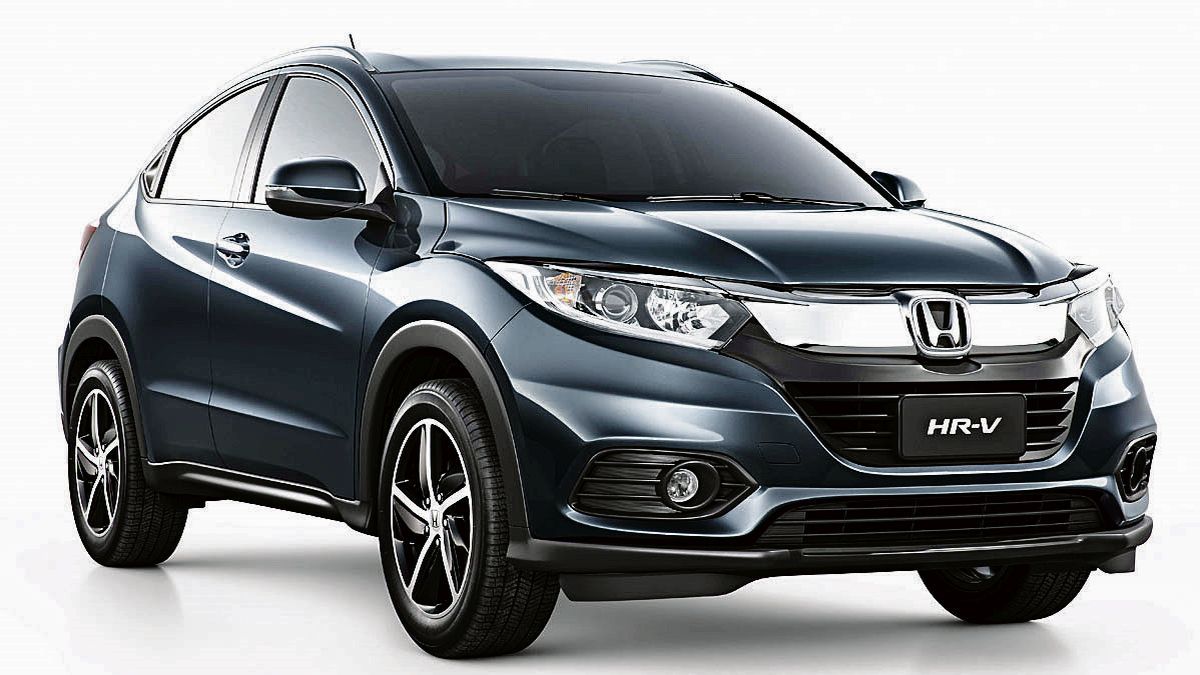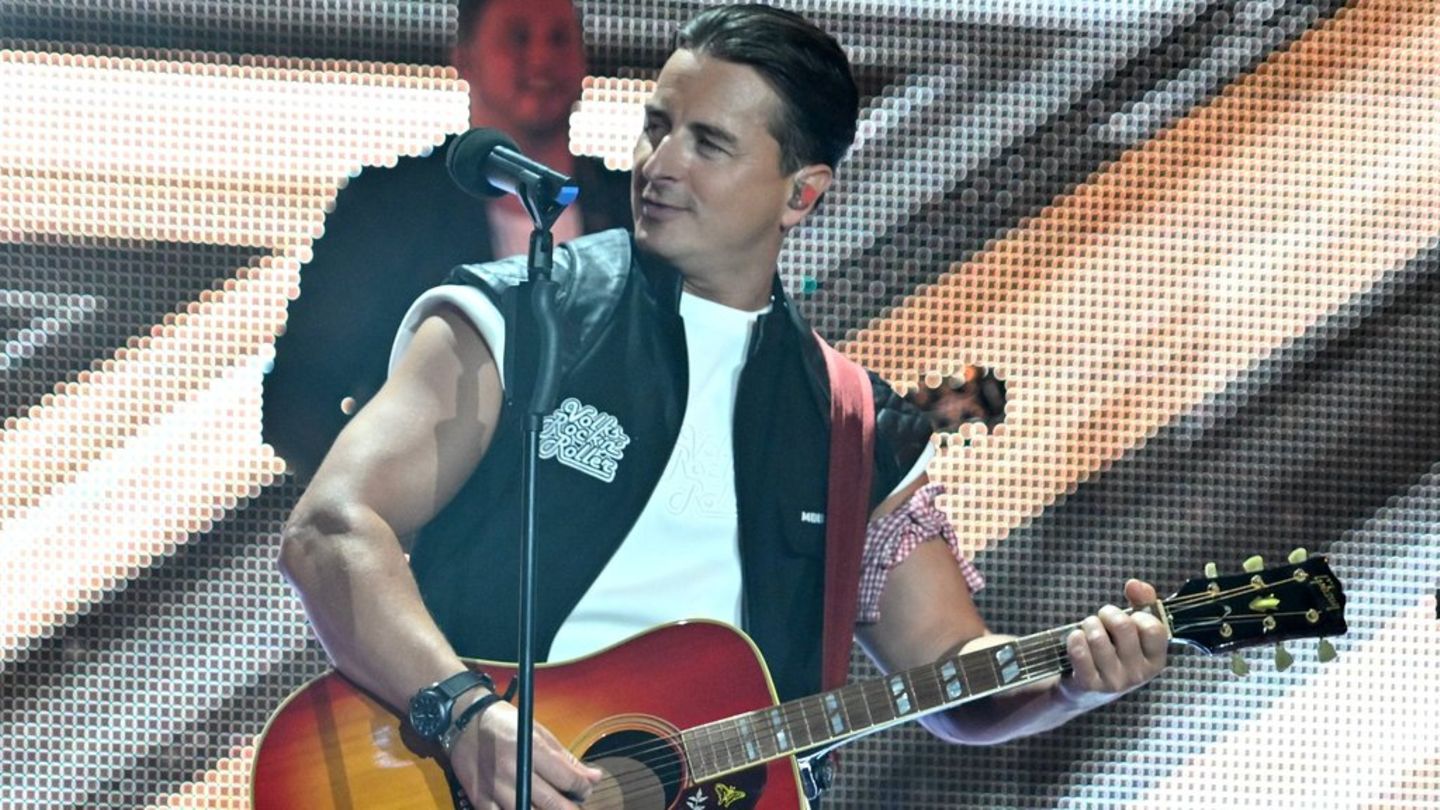This week’s jump in the blue dollar found Honda executives at a presentation in Brazil – for a small group of journalists – of their next launches for the country: HR-V (available in November) and Civic hybrid (2024). In addition, the Japanese brand is advancing a growth plan in Argentina to quintuple its market share and go from the current 0.3% to 1.5%, close to its historical waterline.
“The plans are in place. We know that this entire period is going to be very volatile and we are obviously going through it,” said Viviana Daeloso, manager of Institutional Relations., in relation to the rise of the informal dollar in recent days. The board spoke with local media, including C5N Autos, along with Víctor Pruvost, Commercial Manager of Honda Argentinawho for his part complained to the Government (or future government) “that the flow of imports and payments abroad be normalized” to have viability with suppliers and be able to carry out a more aggressive commercial plan. Meanwhile, Daeloso, who is part of the boards of the chambers of car and motorcycle producers (Adefa and Cafam, respectively) mentioned that these points were transferred to the candidates’ teams, as well as the need for a regulatory framework. for electromobility.
“Until now, in the campaign teams, regarding production, many details were not given, we saw it in the last debate. It was an absent topic. Perhaps it will appear in this weekend’s debate, if proposals are really made,” he said, adding: “We understand that there is a question of prioritization, which is normalizing macroeconomic variables that are necessary to carry out other types of projects.”
The managers also mentioned that Brands do not have the power to control markups at dealerships. And that in terms of electrification, due to lack of charging infrastructure, hybrid models will be prioritized in the country.
Growth
Honda’s commitment to recover lost ground comes with launches. A week ago the ZR-V was announced, which will be accompanied by the HR-V before the end of the year and the Civic hybrid in 2024, in addition to another model that remains hidden. The forecast is to grow in a market that also grows: “We are going to triple the volume next year due to the launches of new models. Today we are at a participation of 0.3%. Our goal is to have a 1.5% market share in two years, growing to 600,000 units from the current 400,000,” said Pruvost.
He also referred to the stocks of the models, which will be imported, since Honda has not produced cars since 2019 in the country (it concentrated on motorcycles). “We work with a mechanism to ensure the possibilities. In that sense, the flow comes walking,” said Pruvost, head of the commercial area. And he mentioned that to expand the range with the return to the entry segments (where the discontinued Fit and City previously played) it is required “that the flow of imports and payments abroad be normalized.” “That shows us towards our suppliers globally in a more viable way. Today that is complex,” said the manager.
He also ruled out that in the medium term Honda will return to producing vehicles in the country, after previously clarifying that the end of vehicle production was not due to the Argentine context, but rather to a global policy of the Japanese parent company. “If Honda decides to produce cars in Argentina again, it would have to be a minimally hybrid or electric vehicle. The investment recovery time of an automotive plant is very long and there should be a market that responds to that. Thinking about a development like this, starting an automotive plant from scratch with all the infrastructure and technology requires a lot of time. If the question is to think that Honda can produce cars in Argentina in three or five years, the times do not give, even if Honda decided to do so,” he explained.
Regulations
Daeloso, in charge of institutional relations at Honda, struggled to put on the agenda “the issue of having a regulatory framework for the production and introduction of new technologies in the country.””. “It is something that is pending, that has to go through Congress and has to be defined there. “That will provide predictability for any long-term and medium-term project,” he mentioned, and acknowledged that the project developed by the Government “is frozen.”
“As certain electoral issues are cleared up, there will be a political framework for these types of discussions. We see that in Brazil they have a different strategy, the rest of Latin America has a different time, and in that sense Argentina is a little further behind in terms of the regulatory framework,” said the director.
For his part, Pruvost expressed, regarding the surcharges that dealers usually apply to the list prices, that by law they cannot be controlled. “It is how the market is governed and how Argentine trade is governed. We offer a reference value, but the decision on how it is sold is up to the dealer in agreement with the buyer,” he said. Regarding the electrification strategy, he commented: “What we first need is to have infrastructure. Honda looks at that a lot, we will start with hybrids because they are not plug-in. For the electric thing it is missing, but not because Honda does not have it.”
Honda managers made reference to the fact that in September, once again, the motorcycle market surpassed the car market. They believe that this phenomenon that exploded in a pandemic will continue over time “because even many car users return to motorcycles.” “Maintenance issues, easy mobility. And even for the capital that the purchase of a Honda motorcycle means, because resale has a great value and that makes you protect your capital,” Pruvost concluded.
Source: Ambito
I’m a recent graduate of the University of Missouri with a degree in journalism. I started working as a news reporter for 24 Hours World about two years ago, and I’ve been writing articles ever since. My main focus is automotive news, but I’ve also written about politics, lifestyle, and entertainment.




